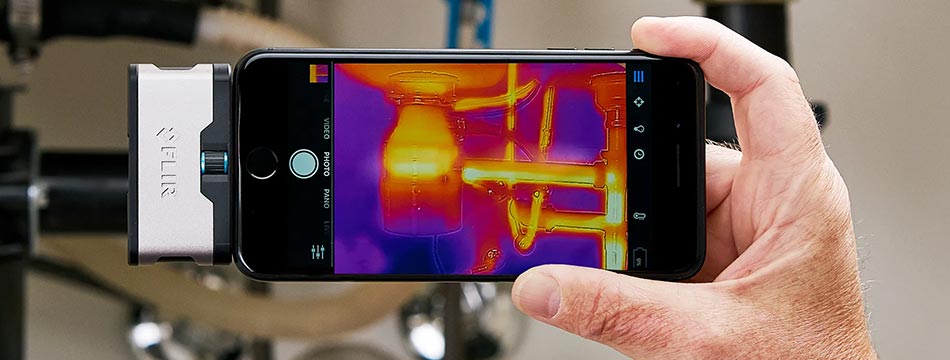
Please note this blog was originally published on the 1st May 2015. It was updated on the 1st June 2021 to include links to relevant thermal cameras.
The thermal camera is a wonderful invention. However, the technology is surrounded by myths, legends, and misinformation that can make choosing a camera quite confusing. In this blog, we break down some of the most pervasive fallacies, and a few surprising truths, concerning thermal cameras.
Quick Links
- Introduction
- They Can't See Through Glass
- It's (Nearly) Impossible to Hide From a Thermal Camera
- Absolutely Everything Can Be Measured Using Thermal Cameras
- Ghostbusters? Not Likely
- They Can't See Through Walls
- There Are so Many Uses for a Thermal Camera
- Further Information
Introduction
Becoming increasingly more affordable, thermal imaging equipment is rapidly being adopted in many different industries from marine iceberg detection to automated process machinery monitoring. They're also extremely common when it comes to building analysis, detecting electrical components that are overheating, and countless other applications.
A thermal camera is used to detect how heat is distributed across an environment. In basic terms, a thermography tool detects heat rather than light, displaying this information as a heat-map image with relevant temperature data. Every pixel in a digital image is assigned a visual marker, whereas pixels in a thermal image are assigned image and temperature data, allowing the heat map to be created.
But what can (and can't!) these cameras do? Read on to discover 6 amazing things you didn't know about thermal cameras!
6. They CAN'T See Through Glass
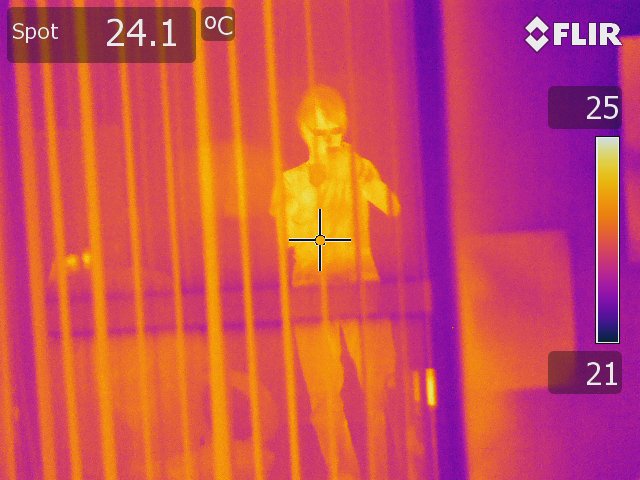
Take a shot out of the window with your phone. What do you see? You'll see what's outside your window (provided there's no glare, naturally).
If you were to replicate the same shot using a thermal camera, all you'd get is an image of yourself holding the camera, plus temperature information.
Why does this happen? Well, the camera is trying to read temperature data, so what it picks up on is not what's through the glass but the reflected temperature coming off objects in the room plus the user's body temperature. This is because glass is a reflective material; the same principle would also apply if you took a thermal image of someone wearing glasses (it'll usually look like they're wearing some cool shades).
The scientific answer to this question is a lot more tricky: windows allow visible light through however they're designed to block IR (infrared) light (another part of the light spectrum). This essentially turns the window into an infrared light mirror; hence the reflection.
With a high-end, professional-grade camera it might just be possible to see through the glass, but the quality of the image would degrade significantly because of the glass filtering out infrared information.
5. It's (Nearly) Impossible To Hide From a Thermal Camera
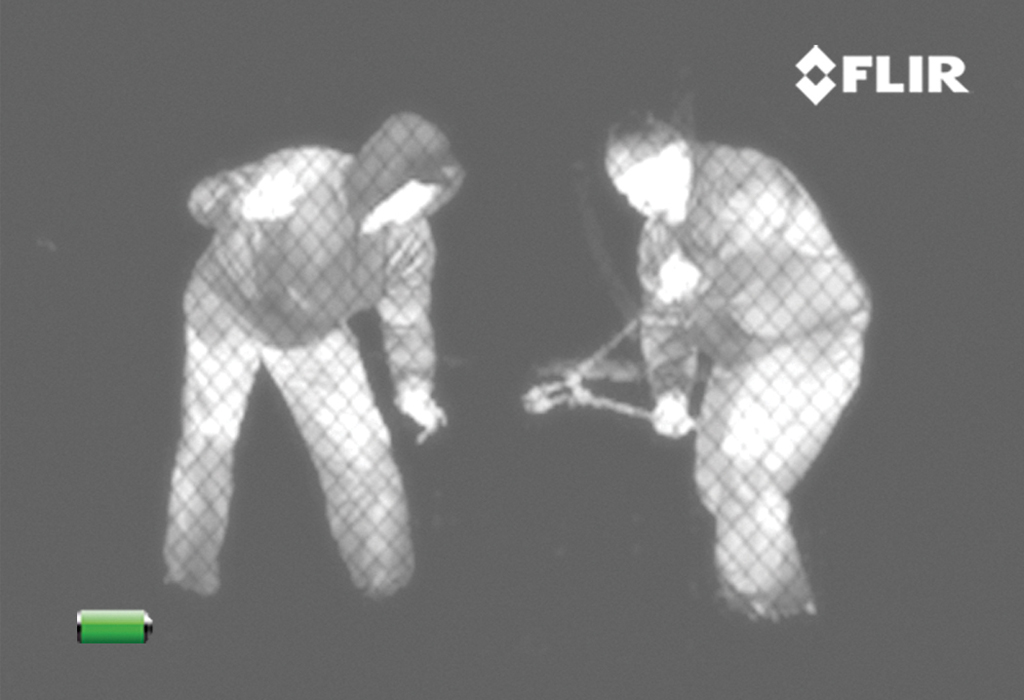
Sorry Predator fans - Arnie would have been killed almost instantly by the alien if he caked himself in mud to stay invisible.
As a thermal camera doesn't rely on visible light to create an image (instead, using heat to create what it displays), it is not affected by darkness, weather conditions or other things that may not be picked up on by - for example - night vision equipment.
This is why police and security professionals are rapidly becoming more reliant on thermography. The technology allows them to spot criminals easily in areas they shouldn't be or to track them through complete darkness. The military also frequently uses thermal equipment in both their aircraft and fieldwork to detect body heat and ensure the safety of soldiers.
Even if you were standing behind a bush in fog, a thermal camera would still see your body heat amongst the foliage. This is why hiding from a thermal camera is particularly tricky, especially if the cameras are high specification; however, it is possible, as proven by the Mythbusters crew.
On a special episode, the Mythbusters tried all kinds of trickery to beat thermal cameras, including Arnie's mud trick and increasing the temperature of the room to evade a thermal security system. None worked; until they decided to employ a glass sheet.
As we said in the last point, thermal cameras can't see through glass. This means that the best way of evading thermal cameras directly ahead of you is to hide behind a large glass sheet. Unfortunately, this would mean you'd have to wear an all-over glass suit if you had thermal cameras pointing at you from multiple directions.
4. Absolutely Everything Can Be Measured Using Thermal Cameras
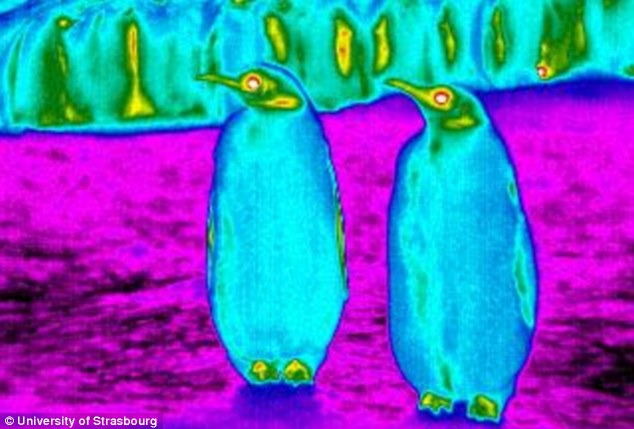
We all know our own bodies output heat, but did you know that everything else in the world does as well?
Unless an object is at absolute zero (which is -459.69°F), it emits a small amount of infrared (IR) radiation. Depending on the sensitivity of your thermal camera, even the most minute changes in temperature can be detected. So, if an object is above absolute zero there's a high chance it will be displayed in the thermal image (sensitivity dependent).
The way an object is displayed in a thermal image varies greatly depending on what the camera is pointing at: a red hot pipe will be extremely vivid in colour (red/orange), while something cold will appear more muted (blue/purple).
From your desk at work to extremely cold ice cream - every object in the world above absolute zero can be detected by a thermal camera and displayed on a thermal image.
3. Ghostbusters? Not Likely.
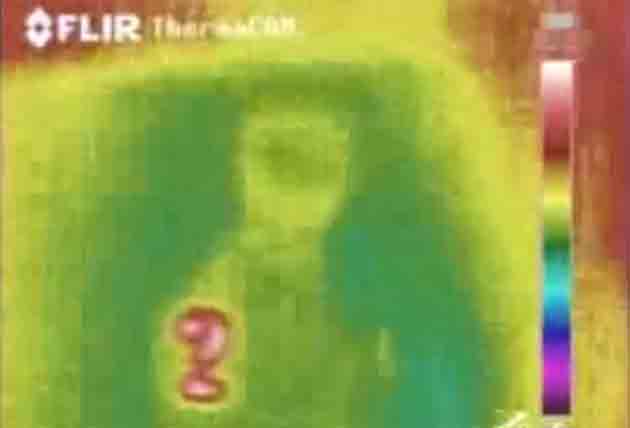
If you watch a ghost-hunting programme, chances are they'll break out a thermal camera at some point. It certainly looks high-tech and useful for spotting hidden temperatures but in reality, a thermal camera is not a useful ghost-hunting tool.
As thermal cameras can detect multiple temperature sources, anomalies can usually be explained by mundane phenomena, such as heating behind walls or reflected human body temperature.
A famous example of the latter comes from the popular ghost hunting programme TAPS. In one of their videos, the hunters claim to have seen, through a thermal camera, a ghostly figure lingering in a locker doorway. In reality, what they're seeing is the body heat of one of the crew reflected off a shiny surface.
That's not to say that these cameras can't pick up weird things but our advice is to be dubious about what they detect on ghost-hunting programs!
2. They CAN'T See Through Walls
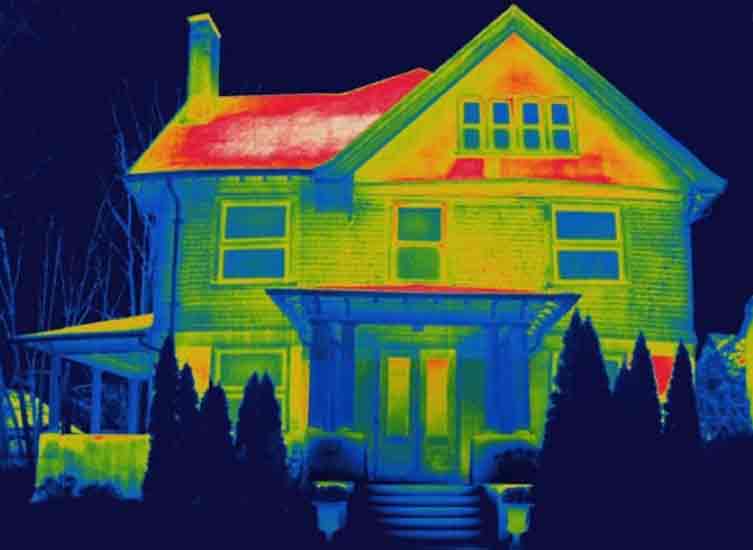
We often get asked if a thermal camera will be able to see through a wall. The short answer is no, except in extreme circumstances.
As most walls are thick to keep buildings insulated, a thermal camera has no way of picking up on the heat on the other side of the wall. What you're likely to see instead is the heat of the wall itself, usually resulting from factors such as internal heating, light exposure, and air conditioning. You may, on rare occasions, be able to see the heat of the pipes on the other side of the wall (depending on the camera used and the wall in question).
Therefore, unless the wall is almost paper-thin, you'd really struggle to see anything on the other side using a thermal camera as they simply can't penetrate the wall's thickness.
1. There Are so Many Uses for A Thermal Camera
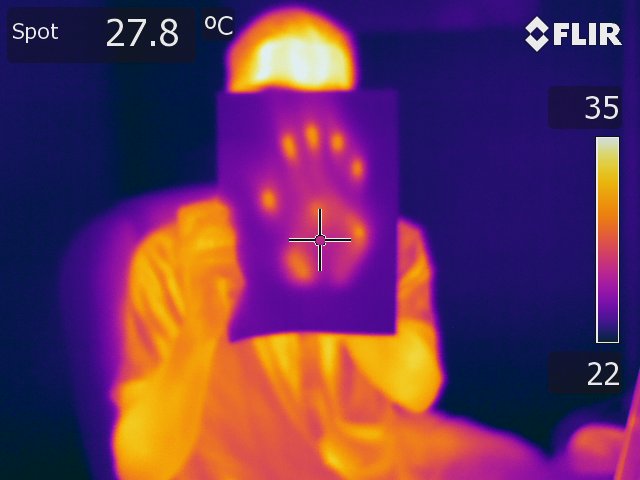
Did you know that thermal cameras are now being mounted on ships to spot icebergs and overboard passengers? Did you know firefighters use them to save lives? Did you know that some cameras can even detect gas leaks?
- Home and building inspections - spot moisture damage, detect poor insulation and more
- Marine - used by both military and commercial vessels to aid with the detection of icebergs, enemy ships, and warm bodies in the water
- Electrical inspection - find overheating components and take remedial action before they become a problem
- Law enforcement - police use these cameras on foot, in vehicles, and from the air to track criminals using their body heat
- Security - CCTV thermal installations can see through darkness and create 360-degree surveillance networks
- Process - monitor production lines constantly for problematic and/or overheating components
- Medical - spot tissue damage and fever conditions in both humans and animals


